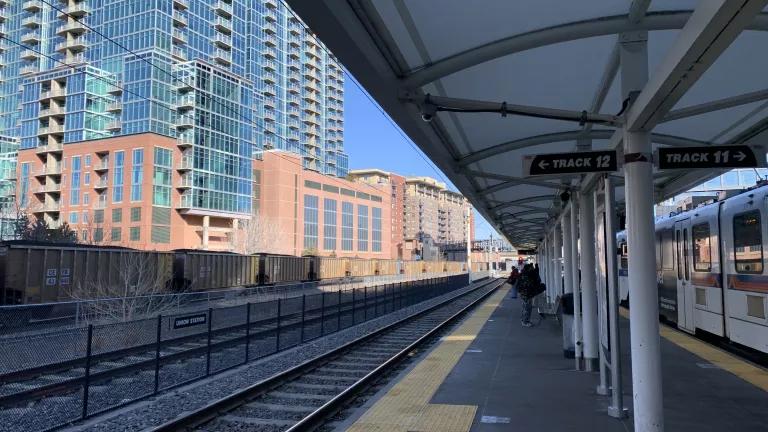
Los Angeles is facing a housing—and environmental—crisis. The City has a huge shortage of affordable housing (over 80,000 units), but the funding to build only 500 affordable units annually. As such, the City projects it will meet only 26 percent of the housing needed for its lower-income residents, while exceeding the housing needs of its wealthier households.
This overabundance of high-end units does little for our lowest-income residents, who cannot afford luxury rents. Worse yet, luxury and market-rate development can lead to rising neighborhood rents that threaten to displace low-income residents from their homes. This displacement can have serious negative implications, including homelessness, for low-income families.
And, as I’ve previously blogged, the displacement of low-income residents who live near—and disproportionately rely on—public transportation also negatively impacts our transit system and the environment. Which is all the more reason to ensure we have enough affordable housing for all Angelenos.
Two measures on the City of Los Angeles ballot this November could help address these concerns.
Measure HHH, the City of Los Angeles’ Homelessness Reduction and Prevention, Housing and Facilities General Obligation Bond Proposition, is a $1.2 billion general obligation bond issued over 10 years to build 10,000 units of permanent supportive housing, which is affordable housing coupled with needed services. The measure would provide housing for the chronically homeless and those at-risk of homelessness (through displacement or otherwise), including low-income and very low-income people.
Measure JJJ encourages developers to include affordable housing as part and parcel of development projects within a half-mile of major transit stops. In exchange for building at least 11 percent “Very Low Income” units or 20 percent “Low Income” units, developers in transit areas will be allowed to build higher density residential projects with lower parking space requirements. Measure JJJ also requires development projects with 10 or more residential units that require a change in general plan or zoning and construction rules to either build affordable housing units or pay a fee to support affordable housing.
Bottom line: Measures HHH and JJJ will help house our homeless and lowest-income residents and help ensure that low-income residents who most heavily rely on public transit continue to have access to it for the long-run. This is good for low-income Angelenos and the environment. For these reasons, NRDC supports both measures. And we look forward to continued work to address these critical needs.
Thanks to my colleague Heather Kryczka for contributing to this post.




